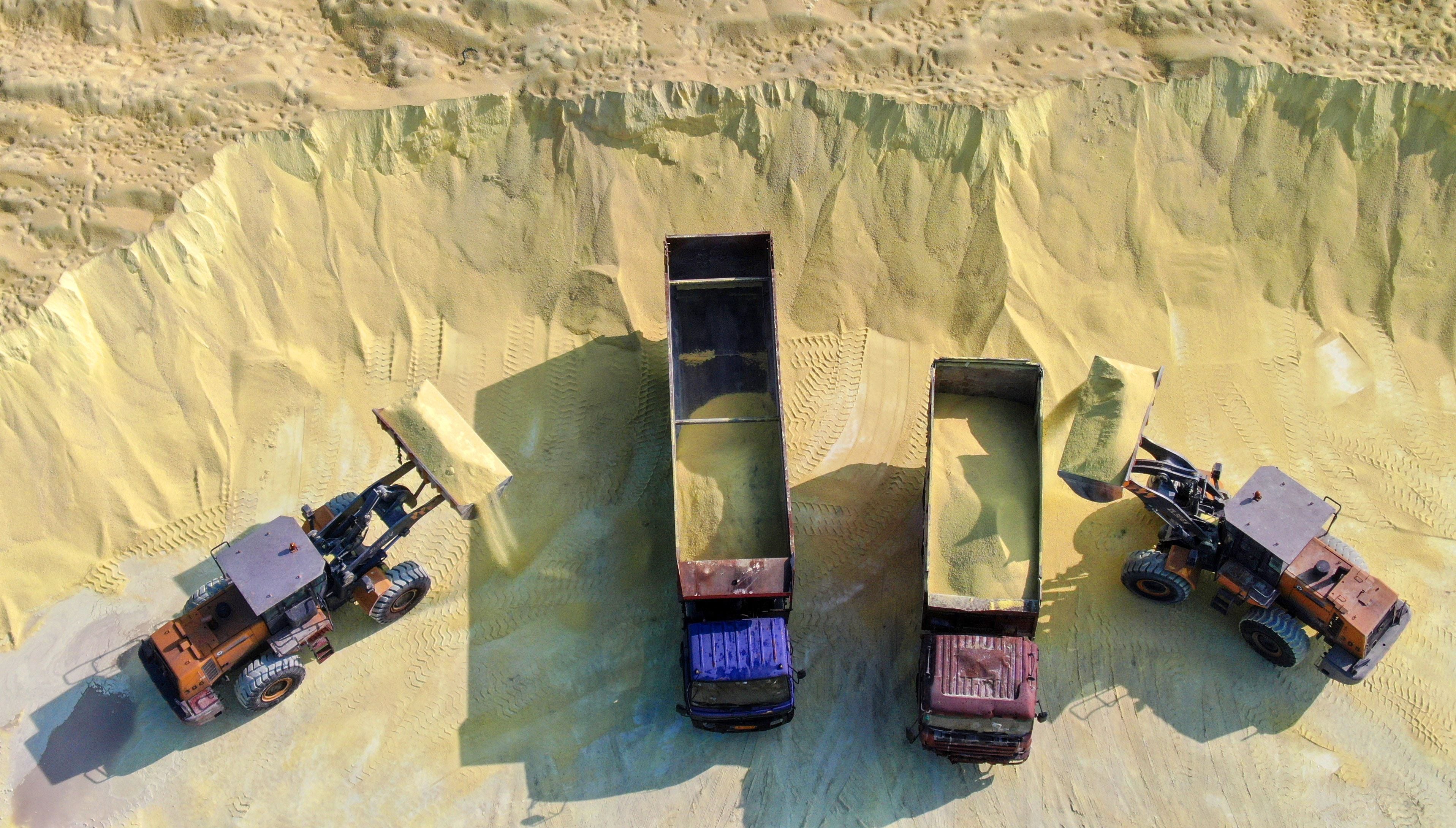Out in the Mojave Desert in California lies the Mountain Pass mine, once the world’s foremost supplier of valuable rare earth minerals — 17 elements deemed critical to modern society. In an age where China controls 80 percent of the global output of these minerals, it is strange to believe that a once-dominant source sits within the United States. Stranger still is the tale of how this mine came to supply the Chinese rare earths industry.
In 1952, Mountain Pass opened. First explored as a uranium deposit, it soon supplied rare earths for the electronic needs of the Cold War economy. Until the 1990s, it stood alone as the only major source of rare earths worldwide.
By 2002, however, the mine was defunct. In the eyes of the U.S. government and major manufacturers, it no longer made sense to acquire rare earths from a U.S. source subject to stringent environmental regulations. Instead, the hard business of extracting useful minerals was exported to other countries, where environmental damage was safely out of sight. China happily obliged, allowing environmental harm to proliferate so long as the costs of rare earth mining were kept down.
In 2008, a group of investors formed Molycorp and convinced Wall Street to resurrect Mountain Pass under an audacious plan dubbed “Project Phoenix.” With the promise of wealth to be generated from new (but untested) technologies, Molycorp bullishly claimed that it could compete with (or even underprice) China’s near-monopoly. Molycorp’s critics weren’t convinced, pointing to the immaturity of the company’s mineral separation technology, the high barriers to entry and the lingering threat of the Chinese monopoly to manipulate prices at will.
Despite these reservations, Wall Street and the Pentagon supported the project. For the Pentagon, and for an administration often indifferent to mining interests, it was a dream come true: Private investors would deliver a secure supply chain without the U.S. government’s help.
At first the situation looked promising. Chinese companies restricted rare earth exports to Japan over a diplomatic dispute in 2010, leading prices to spike. Molycorp’s stock would later soar. The cash-rich company announced several acquisitions — processing plants in Arizona and Estonia as well as a Canadian rare earth technology group named Neo Materials that had extensive operations in China.
But in actuality, Molycorp was struggling to stay solvent. Those new innovative technologies? They didn’t generate significant revenue or work as designed. By 2013, the company’s revenues were in free fall. The president and CEO stepped down amid an investigation by the U.S. Securities and Exchange Commission into the accuracy of the company’s public disclosures (though he was never charged with any wrongdoing).
As the company’s fortunes dwindled, its new CEO oversaw much of Molycorp’s most profitable assets being transferred to Chinese-linked Neo Materials, where he formerly served as CEO. Molycorp’s final remaining husk declared bankruptcy in 2014. Unsurprisingly, the majority of Neo Materials’ revenue-producing operations are now in China. To make matters worse, the Mountain Pass mine was purchased out of bankruptcy by a consortium that included a Chinese-owned firm.
By 2017, it was obvious that in the showdown between Molycorp and China, the Chinese had won. Mountain Pass was now sending U.S.-mined rare earth concentrate to China for processing. The dream of a one-stop American rare earths solution was over, and the private sector had little appetite for reviving it.
The history of Molycorp is littered with “what ifs.” What if the Pentagon’s mid-2010s industrial policy determined that rare earths were critical to national security, like it does now? And, most importantly, what if American customers, including those in the U.S. government, had decided that diversifying their rare earth supplies with an American source had been worthwhile?
Recently there have been stirrings of interest in repatriating rare earth production to the United States. The U.S. military has become acutely aware of its dependence on China, due in part to belligerent Chinese threats to cut rare earth exports. American companies, too, are realizing how dependent they are on this single supplier, a country that is becoming more expensive to work with as trade tensions rise. However, those in the private sector know all too well how difficult it is for companies to take proactive supply chain steps. Therefore, it is the government’s responsibility to set the stage for increased American rare earth production.
There are a number of steps the U.S. government can take to establish a more certain future for domestic rare earth production. Reducing red tape and bureaucratic inertia will lower costs and reduce risk — there is no reason that permitting a mine in the United States should take five times longer than it does in Canada or Australia.
The government can also protect the market, at little cost, from Chinese manipulation by agreeing to purchase rare earths from American producers when such materials are intended for military systems. Instead of funding substitution technologies to reduce demand for rare earths, the U.S. should invest in production technologies to increase its supply.
RELATED

The Department of Defense has taken note, having recently solicited industry for options on rare earth separation capability, which could result in direct investment. These fixes, properly executed, represent the best chance the U.S. has at revitalizing a crippled industry essential to our national security.
Now, leaders must act so that industry can follow. If the story of our nation is of any indication, American innovation will rise to the occasion and deliver us solutions for our rare earth needs.
Retired U.S. Air Force Col. Jeffery A. Green is the president of J. A. Green & Company. He previously served as a staff director and counsel for the House Armed Services Committee.








